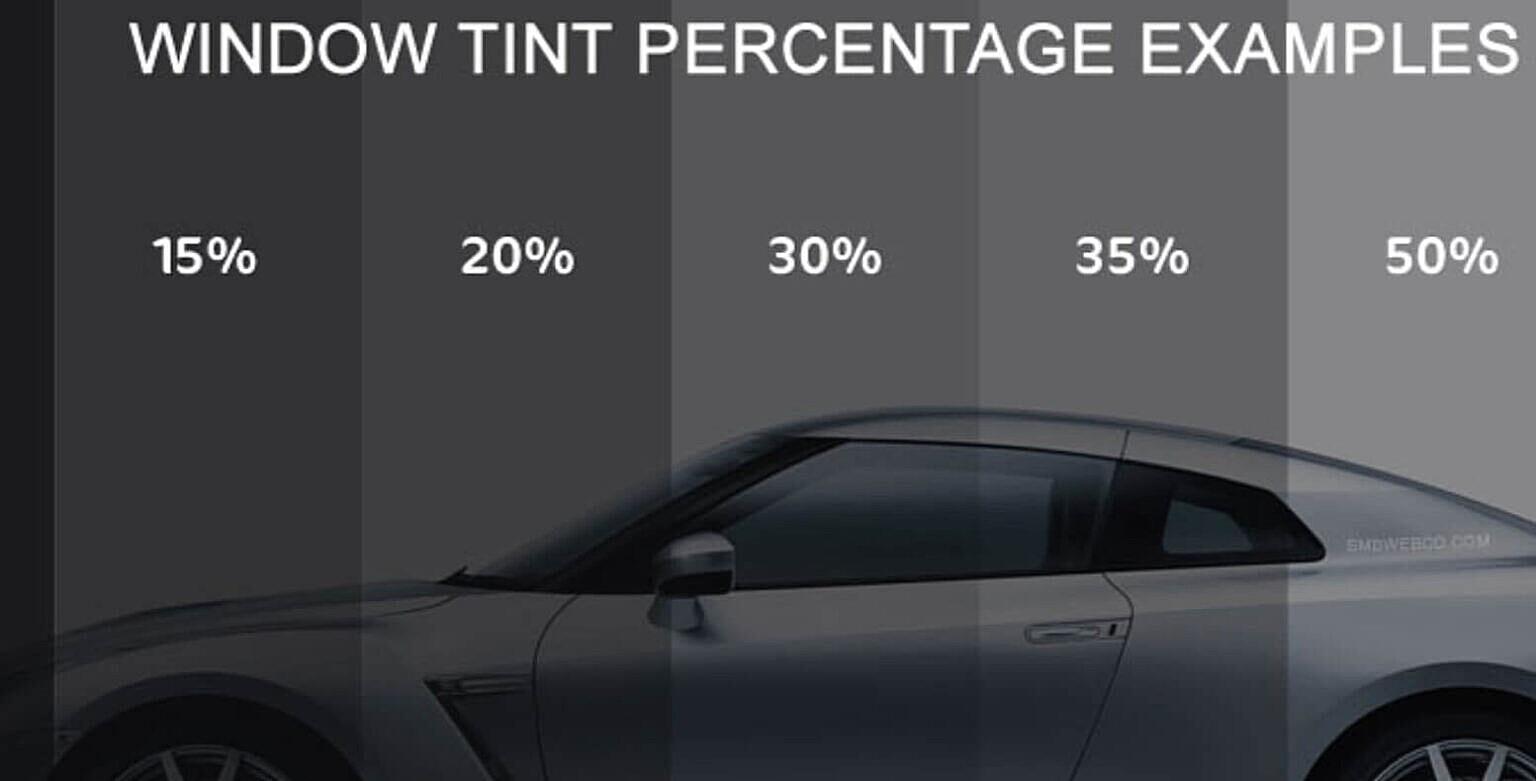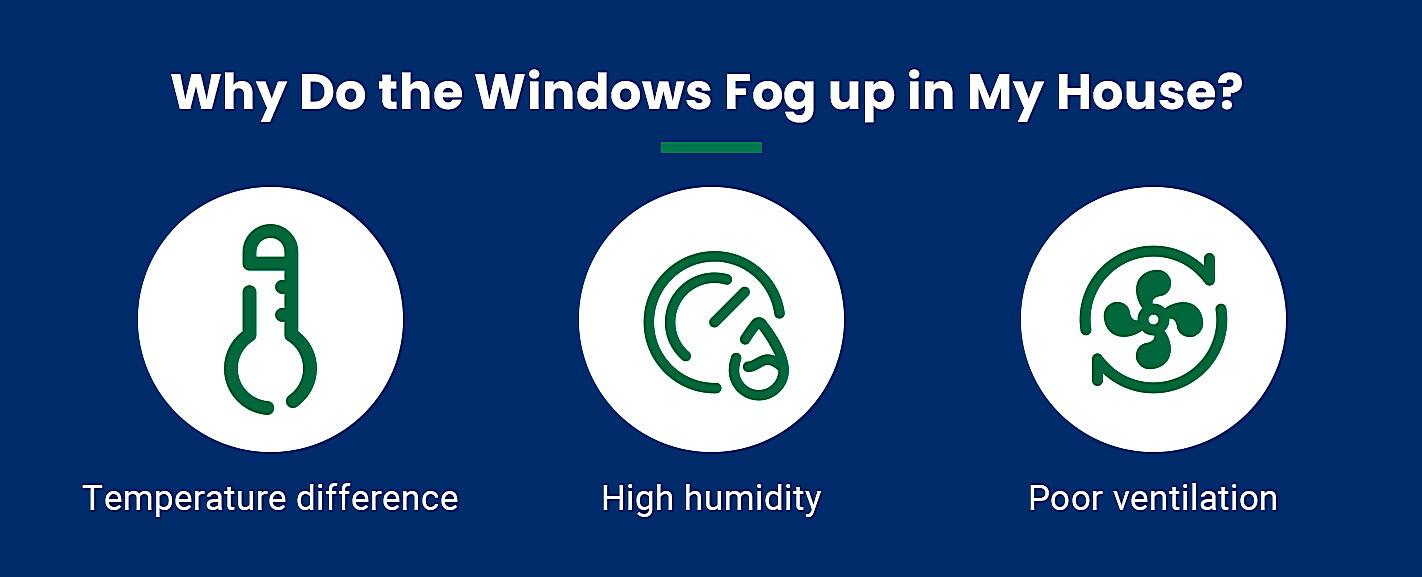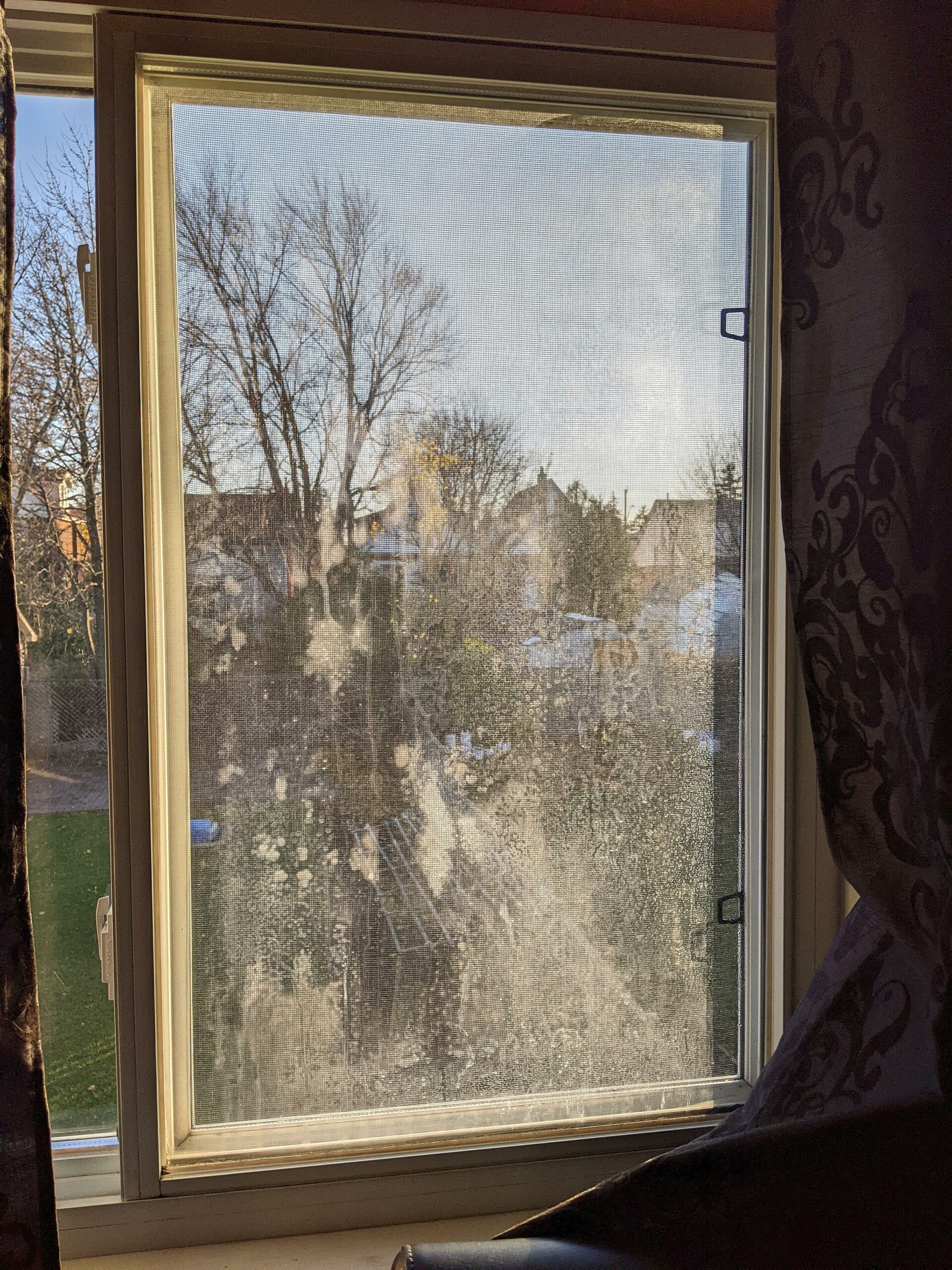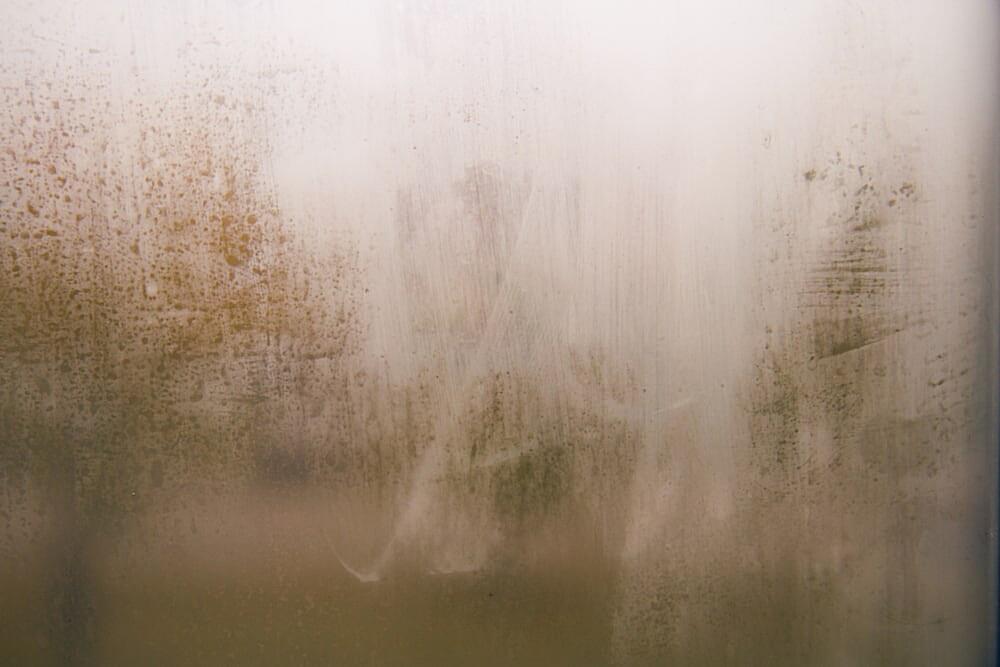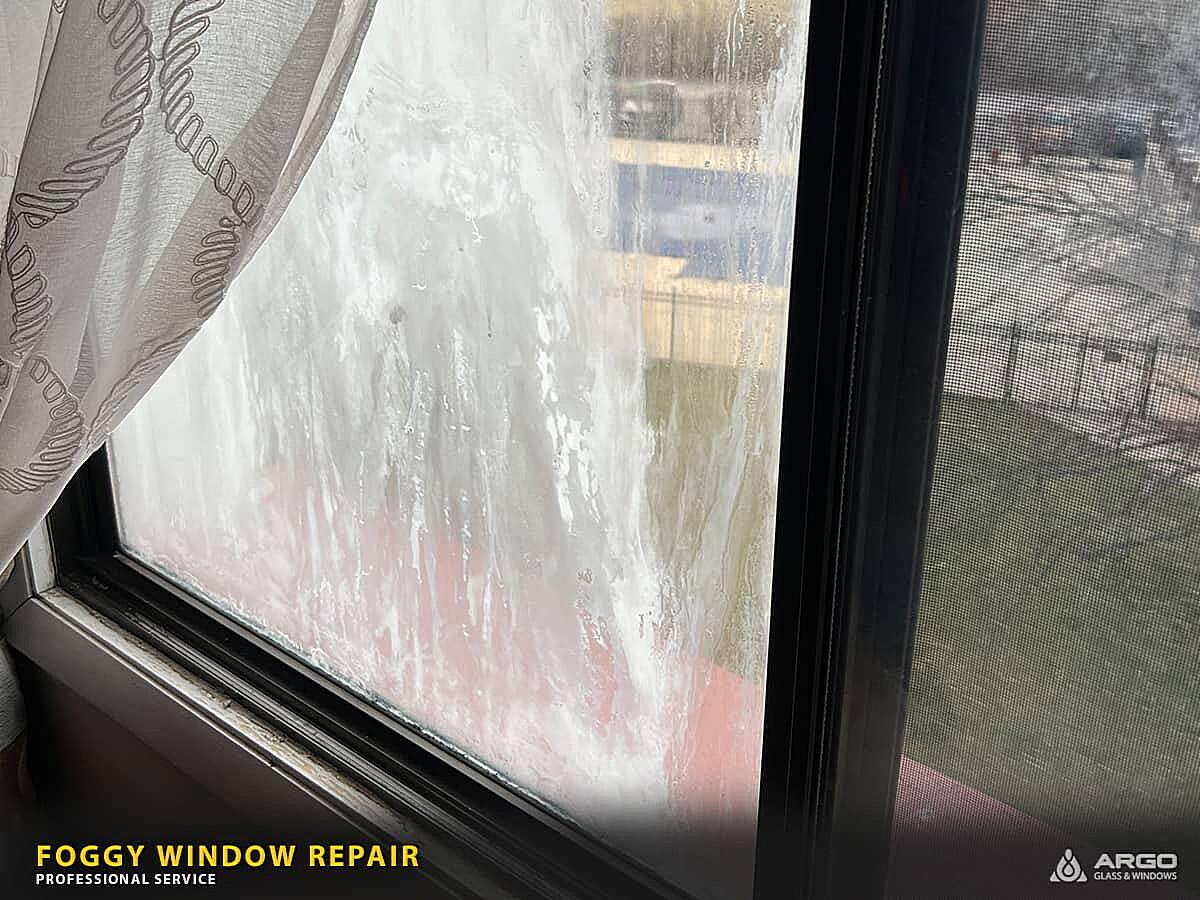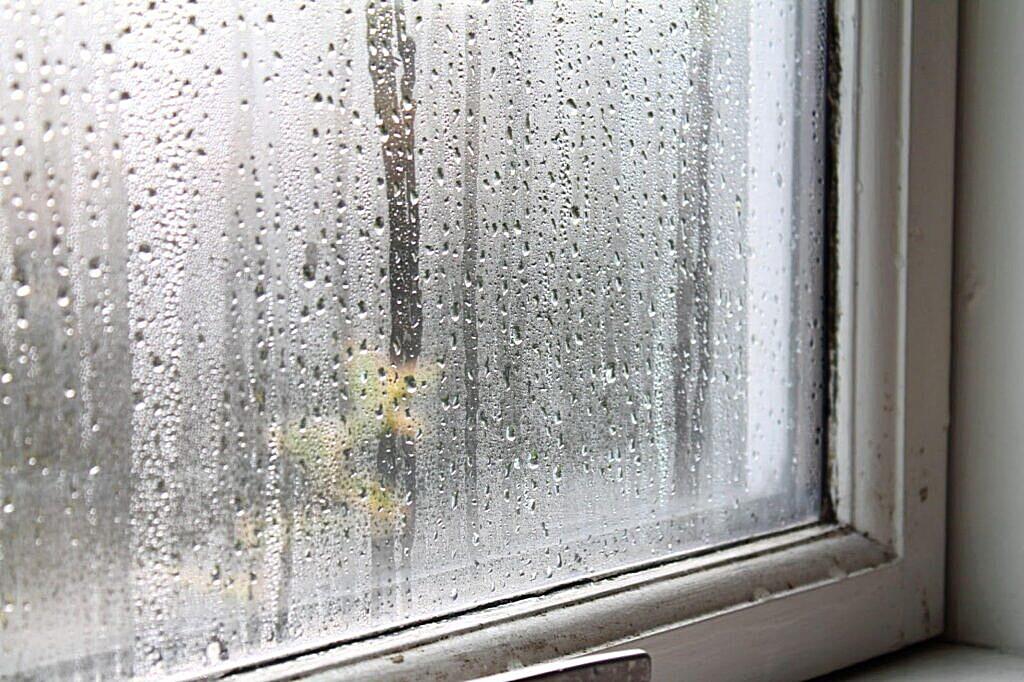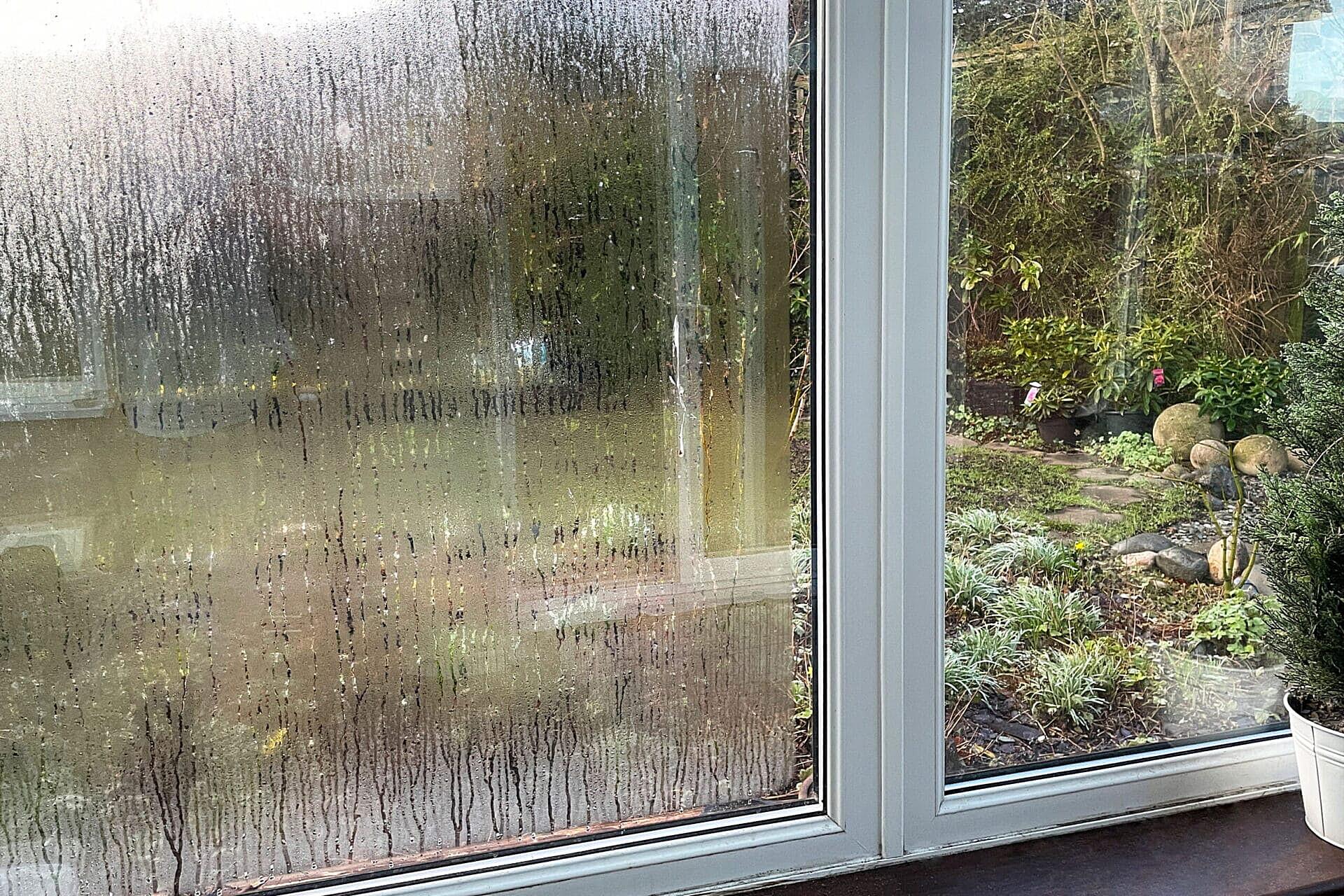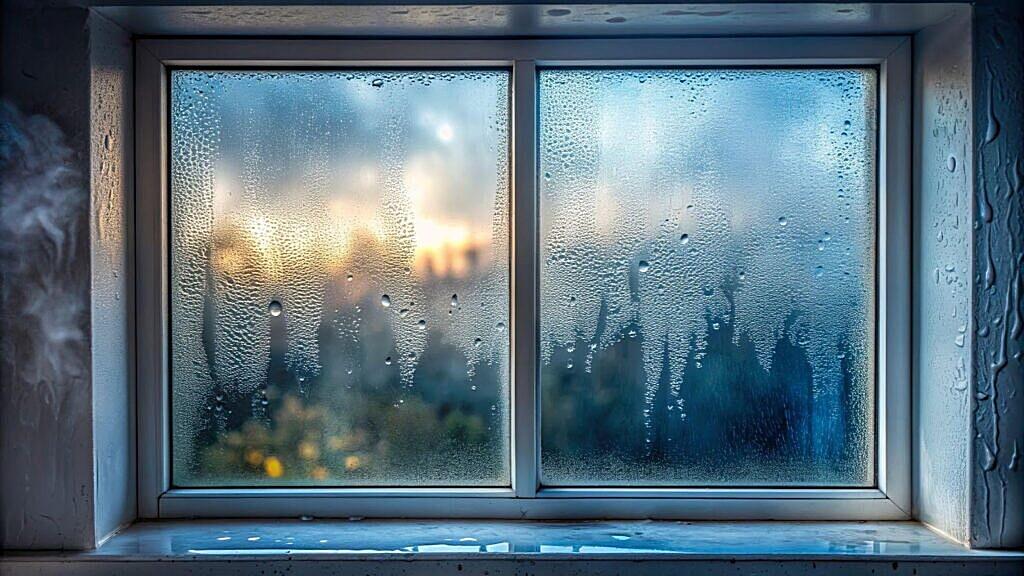You May Also Like :
Why Are My Andersen Windows Foggy? A Clear Explanation (and Some Possible Solutions!)
1. Understanding the Fog
Okay, lets talk about that annoying fog between the panes of your Andersen windows. Youre not alone! Its a pretty common problem, and while it can be frustrating, understanding why it happens is the first step to figuring out what to do about it. It’s like trying to solve a mystery, except instead of a missing person, you have a missing view!
The main culprit is usually a broken seal. Modern windows, especially double-pane or triple-pane ones, are filled with a gas (often argon or krypton) between the glass layers. This gas acts as an insulator, helping to keep your home warmer in the winter and cooler in the summer. The edges of the window panes are sealed to keep this gas in and moisture out. But over time, those seals can fail due to age, weather, or even just the house settling. When the seal breaks, the insulating gas escapes, and moisture from the air can get inside.
That moisture then condenses on the inside surfaces of the glass, creating that foggy appearance. Its essentially the same principle as when your bathroom mirror fogs up after a hot shower, but inside your window! The fog isn’t just unsightly; it also means your windows aren’t as energy-efficient as they used to be. That escaped gas? It was doing a job, and now it’s on vacation. Think of it like your window is wearing glasses that are constantly steaming up.
So, you might be thinking, “Great, I have foggy windows. Now what?” Don’t panic! There are a few options, which well get into shortly. But first, let’s consider some other reasons, besides just a broken seal, that could be contributing to the problem. Sometimes, it’s not as simple as just blaming the seal.
2. Other Potential Culprits
While a broken seal is the most likely reason, sometimes the fog isn’t actually between the panes. It could be condensation on the outside of the window during certain weather conditions. This usually happens in the early morning when the window surface is colder than the outside air. It usually clears up as the day warms up. This type of fog is actually a sign of very efficient windows, as the outside pane is well-insulated!
Another possibility, although less common, is condensation on the inside of your windows. This is usually a sign of high humidity inside your house. Are you a plant parent with a veritable jungle indoors? Or maybe you’re air-drying clothes frequently? These things can increase the humidity levels in your home and lead to condensation on your windows, especially in colder weather. Check for leaks in your roof, or excessive water in your crawl spaces.
You can usually tell the difference by wiping the window. If the fog is on the inside or outside, it will wipe away easily. If it’s between the panes, you won’t be able to reach it, and it will stay foggy no matter how much you wipe. This is the telltale sign of a broken seal, and is a problem that goes beyond simple condensation.
Lastly, consider the age of your windows. Older windows are simply more prone to seal failure. The materials degrade over time, and the constant expansion and contraction due to temperature changes can take their toll. It’s like anything else; the older it gets, the more likely it is to experience some wear and tear. So, if your Andersen windows are older than, say, 15-20 years, seal failure is a very real possibility. However, even newer windows can have faulty seals, its just less common.
What Can You Do About Foggy Andersen Windows?
3. Exploring Your Options
Alright, so you’ve determined that the fog is definitely between the panes. What are your options? Well, unfortunately, there’s no magic eraser that will make the fog disappear. Its not like deleting an embarrassing photo from Facebook. But don’t despair! You have a few choices, ranging from quick fixes to more involved solutions.
One option is to replace just the glass pane (also known as the IGU, or Insulated Glass Unit) rather than the entire window. This is often a more cost-effective solution than replacing the whole window frame, especially if the frame itself is in good condition. Many glass companies specialize in replacing IGUs, and they can often do it relatively quickly. Just make sure they’re experienced with Andersen windows, as they can sometimes have unique installation requirements.
Another option, if you’re feeling handy, is to try a DIY defogging kit. These kits typically involve drilling small holes in the glass and injecting a cleaning solution to remove the moisture. However, be warned: this is a risky approach. If you’re not careful, you could crack the glass or damage the window further. Plus, the results are often temporary, and the fog may return. So, proceed with caution, and maybe watch a few YouTube tutorials first!
Of course, the most comprehensive solution is to replace the entire window. This is the most expensive option, but it also gives you the opportunity to upgrade to newer, more energy-efficient windows. And if your frames are deteriorating, it will significantly improve the look of your home. If you’re replacing a window, dont forget to choose one that meets your needs!
4. Temporary Fixes (If You’re in a Pinch)
If you’re not ready to commit to a permanent solution just yet, there are a few temporary fixes you can try to improve the appearance of your foggy windows. These won’t actually remove the fog, but they might make it less noticeable. Note that these are merely superficial changes and won’t resolve the underlying issue of a broken seal, or the energy inefficiency that it causes.
One trick is to use a hairdryer to gently heat the glass. This can sometimes help to temporarily clear the condensation. But be careful not to overheat the glass, as this could cause it to crack. Also, this effect is usually short-lived, and the fog will likely return as soon as the glass cools down. But it can provide a brief moment of clarity to admire the sunrise (or, you know, check the weather).
Another option is to apply a window film. Some films are designed to reduce condensation and improve insulation. These films can help to make the fog less visible and improve your home’s energy efficiency, at least a little bit. However, they won’t completely eliminate the fog, and they may not be suitable for all types of windows. Window films can sometimes bubble or peel over time, so this is often best considered to be a temporary fix.
Ultimately, these temporary fixes are just that — temporary. They might buy you some time, but they won’t solve the underlying problem of a broken seal. So, if you want a permanent solution, you’ll need to consider replacing the glass or the entire window.
When to Call a Professional
5. Knowing When to Seek Expert Help
While some of the solutions we’ve discussed can be tackled DIY-style, there are definitely times when it’s best to call in a professional. Replacing a window or IGU can be tricky, especially if you’re not experienced with home repair. And lets be honest, dealing with glass can be dangerous. Its probably best to call in the experts.
If you’re not comfortable working with glass, or if you’re not sure how to properly install a new window, it’s always best to err on the side of caution and call a professional. A qualified window installer will have the tools, experience, and knowledge to do the job safely and correctly. They can also advise you on the best type of replacement window for your home and budget.
When choosing a window installer, be sure to get multiple quotes and check references. Ask about their experience with Andersen windows specifically, as these windows can have unique installation requirements. A good installer will be able to answer all of your questions and provide you with a clear and detailed estimate. Theyll also be able to give you a timeline for the job and explain the warranty.
Consider reaching out to Andersen directly or visiting their website to find a certified installer in your area. This can ensure that you’re working with someone who is familiar with their products and installation procedures. A certified installer can also help you navigate any warranty claims you may have.
Preventing Foggy Windows in the Future
6. Taking Proactive Steps
So, you’ve fixed your foggy windows. Now, how can you prevent the problem from happening again? While you can’t completely eliminate the risk of seal failure, there are a few things you can do to prolong the life of your windows. Like taking care of any valuable investment, caring for your windows will lengthen the amount of time you can benefit from them.
One key is to regularly inspect your windows for signs of damage, such as cracks or gaps in the sealant. If you notice any problems, address them promptly. You can often repair small cracks with caulk or sealant. This is like patching a small hole in your roof before it becomes a major leak.
Another important step is to properly maintain your windows. Clean them regularly with a mild soap and water solution. Avoid using harsh chemicals or abrasive cleaners, as these can damage the sealant and glass. Also, be careful not to pressure wash your windows, as this can force water into the seals and cause them to fail. Routine maintenance makes a difference!
Finally, consider the climate in your area. Windows in areas with extreme temperature fluctuations are more likely to experience seal failure. If you live in such an area, consider investing in high-quality windows with durable seals. You might also consider adding window coverings, such as blinds or curtains, to help protect your windows from the sun and extreme temperatures.
FAQ About Foggy Andersen Windows
7. Your Questions Answered
Alright, let’s tackle some frequently asked questions about foggy Andersen windows. Because who doesn’t love a good Q&A session?
Q: Is foggy glass covered under warranty?
A: It depends on the warranty! Check your specific Andersen window warranty, but generally, seal failure leading to fogging is covered for a certain period (often 10-20 years). Make sure you have your proof of purchase and know the installation date.
Q: Can I just drill a hole in the window to let the moisture out?
A: Technically, yes, you can. But should you? Probably not. It’s a temporary fix at best, and you risk damaging the window further. Plus, it voids the warranty. It’s like performing surgery on yourself — not recommended!
Q: Does the type of gas used in the window affect fogging?
A: The absence of gas affects fogging. Argon or krypton gas is used for insulation. Once the seal fails and the gas escapes, the window’s insulation decreases, and fogging becomes more likely as moisture can get inside.
Q: Will adding storm windows prevent foggy windows?
A: Storm windows can help to reduce the likelihood of condensation on the interior of your windows by providing an extra layer of insulation. However, they won’t prevent seal failure. In fact, if moisture gets trapped between the storm window and the regular window, it could accelerate seal degradation.
So, there you have it — a comprehensive guide to understanding and dealing with foggy Andersen windows. Hopefully, this has cleared things up (pun intended!) and given you the information you need to make the best decision for your home.

